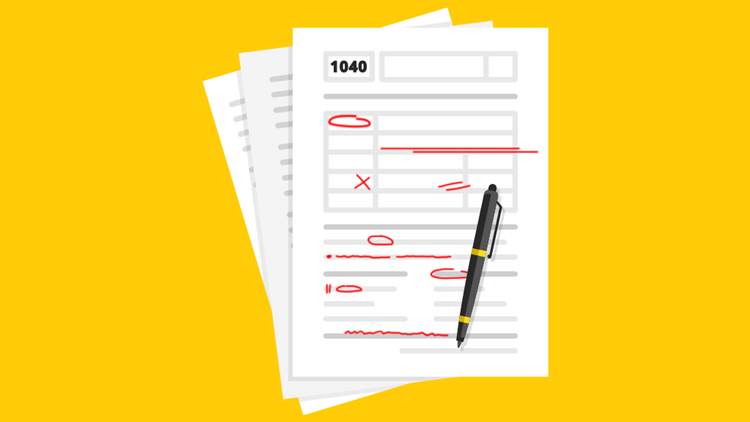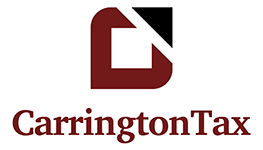
Millions of Americans are preparing to get their income tax returns in order for the 2021 tax year. While many are mostly concerned about getting their returns in on time, they should also be thinking about filing a correct return.
Most often, it’s the simple tax return errors that trip up taxpayers and delay refund checks. A lot of these errors are easy to prevent.
One great way to avoid errors is to use a reputable tax preparer, which can include certified public accountants, enrolled agents, or other tax pros.
To help simplify the tax-time filing experience, here’s a quick list of some tax-return errors from the IRS:
- Filing too early. While taxpayers should not file late, they also should not file prematurely. People who don’t wait to file before they receive all the proper tax reporting documents risk making a mistake that may lead to a processing delay.
- Missing or inaccurate Social Security numbers (SSN). Each SSN on a tax return should appear exactly as printed on the Social Security card.
- Misspelled names. Likewise, a name listed on a tax return should match the name on that person’s Social Security card.
- Entering information inaccurately. Wages, dividends, bank interest, and other income received and that was reported on an information return should be entered carefully. This includes any information needed to calculated credits and deductions. Using tax software should help prevent math errors, but individuals should always review their tax return for accuracy.
- Incorrect filing status. Some taxpayers choose the wrong filing status. The Interactive Tax Assistant on IRS.gov can help taxpayers choose the correct status especially if more than one filing status applies. Tax software also helps prevent mistakes with filing status.
- Math mistakes. Math errors are some of the most common mistakes. They range from simple addition and subtraction to more complex calculations. Taxpayers should always double check their math. Better yet, tax prep software does it automatically.
- Figuring credits or deductions. Taxpayers can make mistakes figuring things like their Earned Income Tax Credit, Child and Dependent Care Credit, Child Tax Credit, and Recovery Rebate Credit. The Interactive Tax Assistant can help determine if a taxpayer is eligible for tax credits or deductions. Tax software will calculate these credits and deductions and include any required forms and schedules. Taxpayers should Double check where items appear on the final return before clicking the submit button.
- Incorrect bank account numbers. Taxpayers who are due a refund should choose direct deposit. This is the fastest way for a taxpayer to get their money. However, taxpayers need to make sure they use the correct routing and account numbers on their tax return.
- Unsigned forms. An unsigned tax return isn’t valid. In most cases, both spouses must sign a joint return. Exceptions may apply for members of the armed forces or other taxpayers who have a valid power of attorney. Taxpayers can avoid this error by filing their return electronically and digitally signing it before sending it to the IRS.
To keep the wheels of processing rolling smoothly, the IRS urges taxpayers to file electronically and use direct deposit for any refund. Following our plan for avoiding return filing mistakes can help ensure there aren’t any other delays to worry about.
Source: COVID Tax Tip 2022-11
